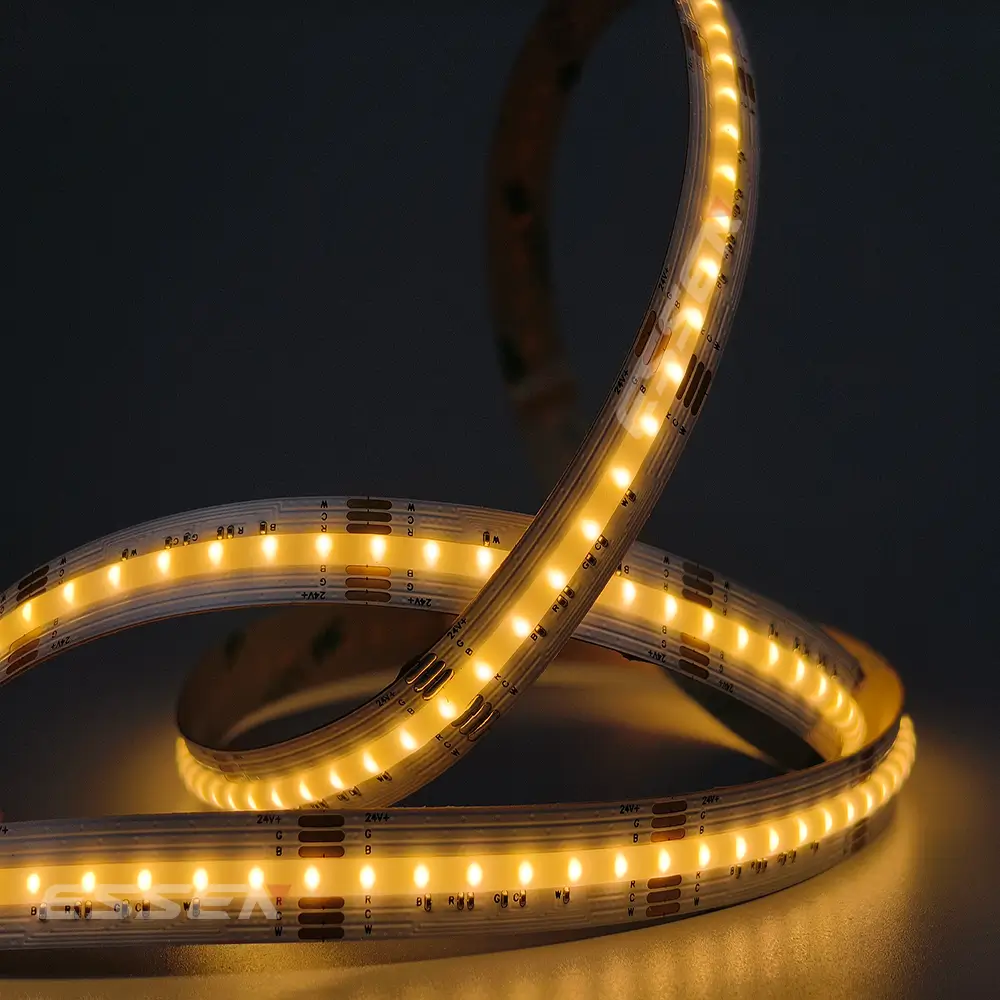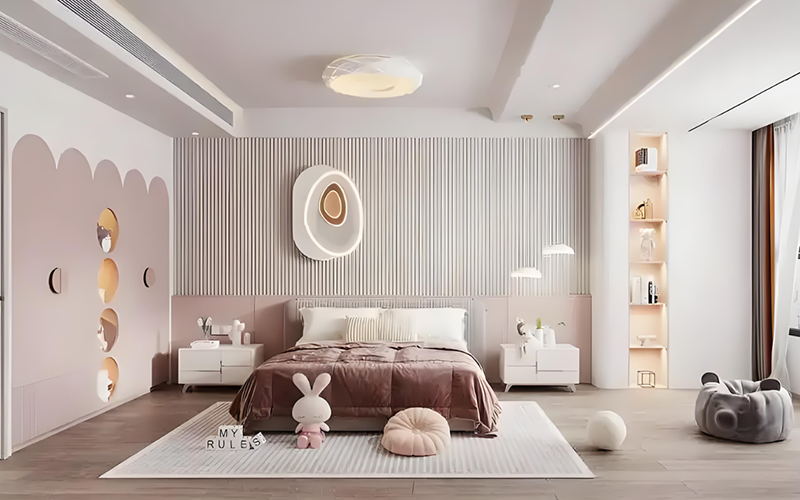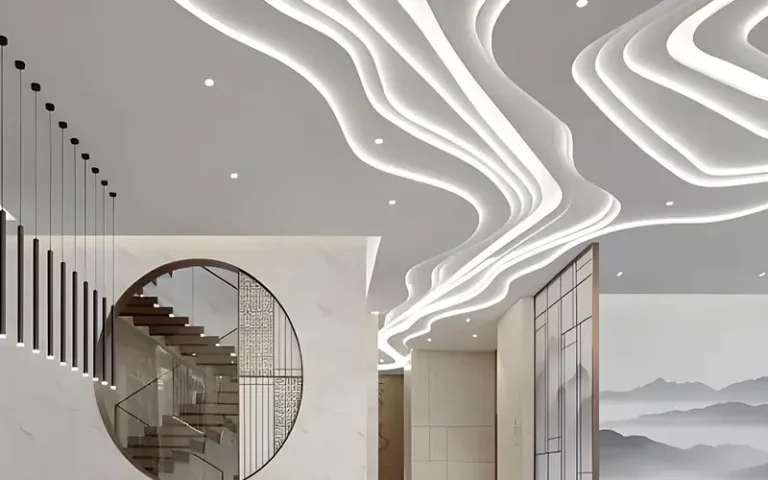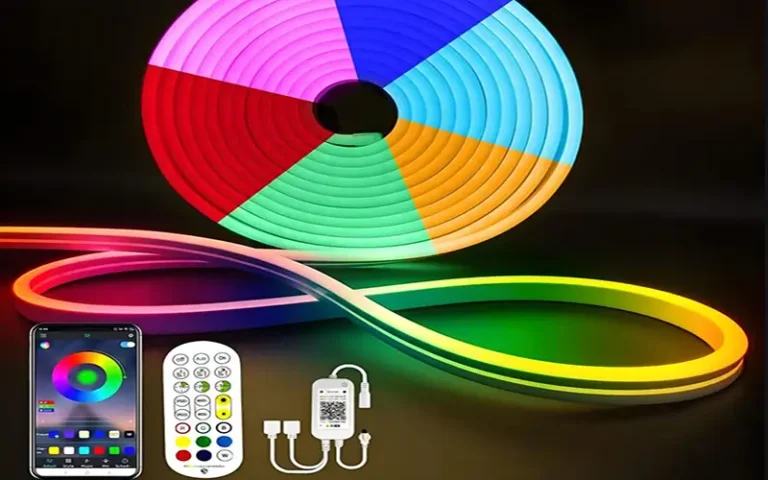How to Choose the Right Lighting for Your Children’s Room?
The decoration and lighting of a children’s room is always a topic of discussion among parents. It is crucial to create a well-lit, warm and comfortable room for your child, as lighting plays an important role in the child’s interaction with the environment.
The right lighting can make a children’s room feel safe and comfortable, provide enough brightness for activities, and even support healthy sleep patterns. With careful planning, you can set up a lighting scheme that takes into account comfort, safety and functionality, ensuring that your child’s room is a comfortable place to rest, play and learn.
So in this article, we will analyze in detail what kind of lighting is most suitable for a children’s room, which is conducive to the healthy growth and sound sleep of children.
Why Lighting Matters in a Child’s Room?
Lighting in a child’s room is not only about the functionality of the lighting, but also about creating a nurturing atmosphere that supports a child’s growth and development. Proper lighting can improve mood, increase concentration, and provide a sense of security.
In addition, good lighting choices can encourage healthy sleeping habits, which is essential for a child’s well-being. The right balance of light ensures that children can enjoy every area of the room without eye strain, helping them stay relaxed and comfortable.
How to Choose the Right Lighting for Children’s Room?
When it comes to choosing the right lighting for a child’s room, we need to consider the child’s age, the layout of the room, and the placement of furniture.
For example, infants and toddlers need soft lighting, but not too bright. Older children may need brighter light to study or play. Consider the layout of the room and specific areas for them to read, play, or relax. It is essential to choose flexible lighting options that are suitable for both daytime activities and nighttime comfort.
What Lamp Lighting Can Be Used in a Children’s Room?
There are many lamps that can be used in a child’s room, and they are all used for different purposes.

Table Lamps
Table lamps are great for children who are working on homework or projects at their desks. They provide directional light that can clearly illuminate the workspace, allowing children to see what they are doing in detail, thus reducing eye strain.
It is best to choose a table lamp with adjustable brightness and angle, allowing children to control the direction of the light for various activities such as reading or crafting.
Floor Lamps
Floor lamps are also often used in children’s rooms. However, it is not recommended to use floor lamps in children’s rooms. Because it is a potential safety hazard. Children are often active, running and playing, and if they bump into a floor lamp, it can easily cause a toppling hazard.
If you choose to use a floor lamp, choose a floor lamp with a sturdy base, durable lampshade and a low height to reduce the risk.
Ceiling Lights
Ceiling lights are a great way to provide overall lighting for a child’s room, creating a bright and spacious atmosphere. In particular, options such as overhead fixtures, chandeliers or recessed fixtures can illuminate the entire room without taking up floor space.
Recessed fixtures are suitable for rooms with low ceilings, while chandeliers can add a decorative touch and add character to the space.
Wall Lights
Wall sconces are great for children’s rooms because they provide soft, ambient lighting that isn’t too bright or harsh. Such as the LED strip lights, often placed near a bed or in the middle of a wall, wall sconces provide a soft, even light that creates a calming environment.
They are especially useful for reading at night or going to the bathroom. Since wall sconces are mounted on the wall, they don’t take up desk or floor space, making them a safe and practical lighting option.
How to Choose Safe Lighting Fixtures for a Children’s Room?
Safety is the main concern when you are choosing lights for children’s rooms. Choose lights that are safe and away from small hands, especially for young children. LED lights are a good choice because they don’t get as hot as traditional bulbs, which reduces the risk of burns.
Also, make sure all wires are hidden or secured and the lights are securely mounted. Lights with shatterproof covers are an extra safety feature to prevent burns to children and reduce the risk of fire if the bulb accidentally falls.
Right Color Temperature for Children’s Room
The color temperature of the light affects the atmosphere and function of the room. We recommend installing warm light (about 2700K-3000K) to create a comfortable and calm atmosphere, perfect for relaxing before bed. For the warm white information, pls read 2700K vs 3000K: How to Choose Indoor?
You also need to install a cool light (4000K-5000K) to help improve concentration and is more suitable for task lighting, such as desks. For children’s rooms, it is generally best to use warm to neutral white temperature for general lighting and add cool tones for specific work areas as needed.
Finally, the most important thing for children’s rooms is to have a lot of natural light. It is conducive to the growth of children and the relaxation of their eyes. Whether playing or doing homework, natural light is very important.
Dimmers and Smart Lighting for Children’s Room
Dimmers and smart lighting offer flexibility and control, allowing you to adjust brightness levels based on time of day or activity. How to choose the lighting, pls read Direction of Light from Luminaires: A Comprehensive Guide
For example, you can dim the lights at night to help your child fall asleep, or brighten them when they are playing. Smart lighting options, such as LED bulbs that connect to a phone app, offer additional convenience by allowing you to easily change brightness and even color.
This feature is especially useful for older children and teens who like to personalize brightness for their own eyes and can promote a more restful sleep environment.
Common Lighting Children’s Room Mistakes to Avoid
There are many reasons to consider when lighting a child’s room. When you’re shopping for lamps, avoid these common mistakes:
- Overusing Cool Light: While cool light can help with focus, too much cool light in a child’s room can be harsh and make it hard to relax. So go for warm or neutral tones.
- Neglecting Task Lighting: Failing to provide adequate task lighting for study areas can lead to eye strain. Make sure there is dedicated lighting for homework or reading.
- Skipping Adjustable Lighting: Fixed lighting levels may not meet all of your child’s needs, especially as they grow. Consider lights with adjustable brightness or dimmers to offer more flexibility.
- Poorly Placed Fixtures: Avoid placing lights directly above the bed or in positions that cause glare. Carefully plan fixture locations to create a comfortable lighting layout.
Conclusion
Choosing the right lighting for your children’s room can improve their comfort, safety, and ability to participate in a variety of activities. By understanding different types of lamps, color temperatures, and incorporating adjustable lamps, you can create a well-lit environment based on their needs. This is beneficial to the development of little ones.
FAQs
The best lighting for a child’s room is a combination of ambient lighting (for general illumination), task lighting (for activities like reading or homework), and soft nightlight (for creating a calm atmosphere at bedtime). A combination of all three is best.
Warm and cool light work best together. 2700K-3000K is ideal for creating a comfortable and relaxing environment, perfect for bedtime and play. 4000K-5000K is better for task-oriented activities, such as learning or arts and crafts.
Yes, dimming lighting is a great choice for a child’s room. Because it allows you to adjust the brightness to suit different activities. Bright light is helpful for playing and doing homework, while soft light is perfect for relaxing before bed.








